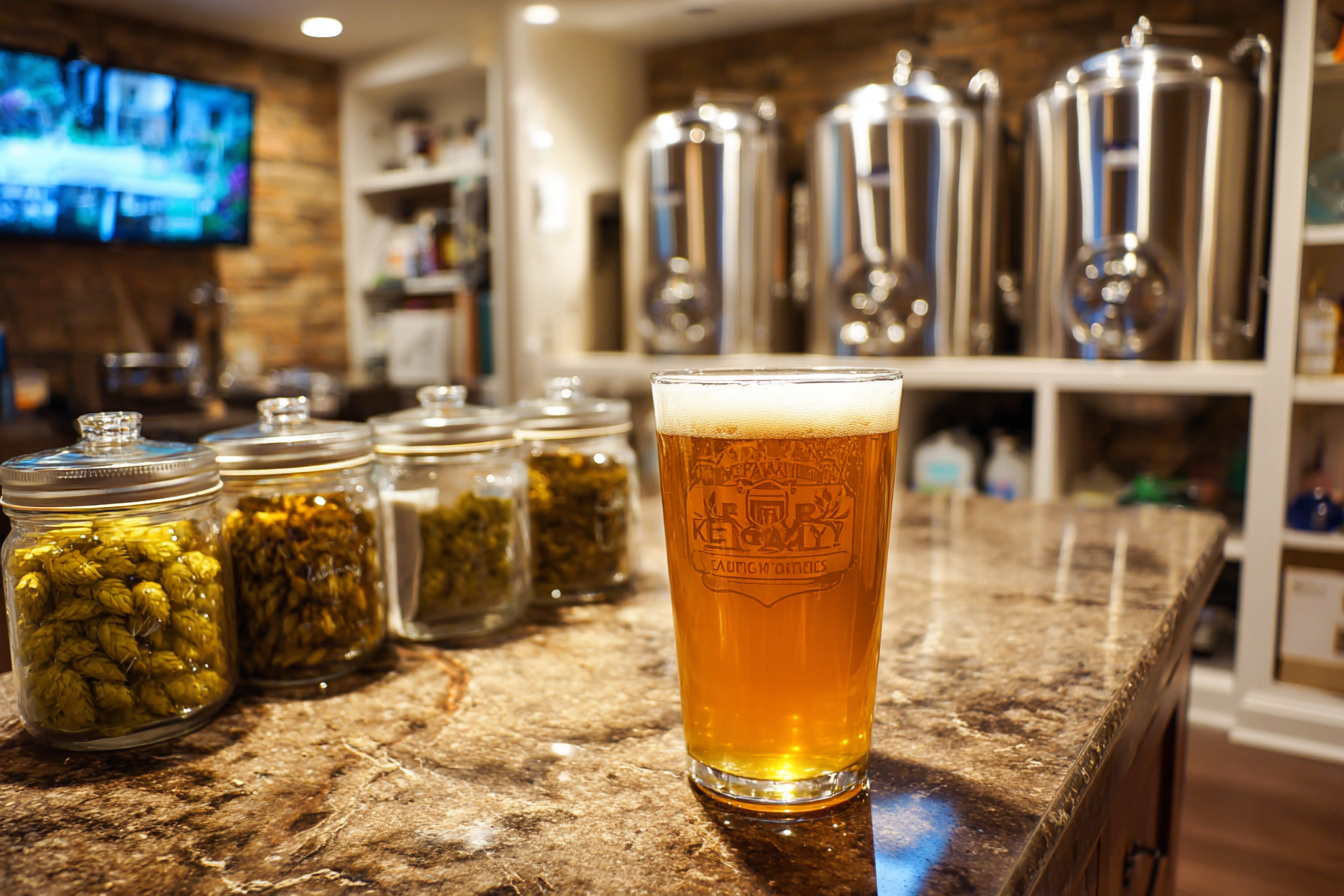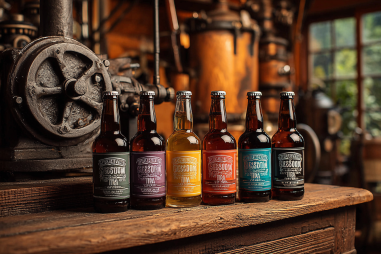Brewing your own Czech Pilsner at home can be a rewarding challenge for any beer enthusiast. Known for its crisp, clean flavor and beautiful golden hue, the Czech Pilsner is a classic lager that has captured the hearts of beer lovers worldwide. While it might seem intimidating at first, with the right guidance and attention to detail, you can craft a truly authentic Czech Pilsner in your own brewing setup. This article will walk you through essential tips tailored for beginners, covering everything from choosing the perfect ingredients to mastering the fermentation process.
Selecting the Right Ingredients
The foundation of a great Czech Pilsner lies in its ingredients. Authenticity begins here, and to capture the signature taste of this style, it’s important to be selective.
Malt: Use a base of high-quality Pilsner malt, preferably Bohemian or Moravian varieties if available, as they provide the characteristic soft, bready malt flavor that defines the style. Avoid using specialty or caramel malts, as Czech Pilsners are surprisingly clean and malt-focused without heavy roasted notes.
Hops: Traditional Saaz hops are the cornerstone of the Czech Pilsner’s floral, herbal, and slightly spicy aroma and bitterness. Ensure you use Saaz hops for both bittering and aroma additions, aiming for a mild bitterness level of around 35-45 IBUs. If you can’t find Saaz hops, try another noble hop variety, but be aware it may change the signature flavor.
Yeast: A clean lager yeast strain is essential for fermentation. Seek out a yeast specifically designated for Czech lager styles, which tends to ferment cleanly with moderate attenuation and contributes subtle malt nuances. Avoid ale yeast or hybrid strains, as they can introduce off-flavors.
Water: The water profile for Czech Pilsners typically features moderate hardness with balanced sulfate to chloride ratios to accentuate hop bitterness without overpowering malt sweetness. If your tap water is very soft or very hard, consider adjusting or using bottled mineral water.
Detailed Brewing Process Tailored for Homebrewers
Once you have your ingredients in place, proper brewing technique will ensure a great final product.
Mashing: Perform a single infusion mash at around 148-152°F (64-67°C) to achieve a moderately fermentable wort with a smooth malt backbone. Maintaining a stable temperature during the mash is key to avoiding unwanted flavors.
Boiling: Boil the wort for approximately 90 minutes. This longer boil helps with wort concentration and clarity, important for Pilsners. Add hops according to a schedule optimized for bitterness early in the boil and aroma hop additions in the final 15 minutes or at flame-out.
Cooling and Transfer: Quickly chill the wort to pitching temperature using an immersion or plate chiller to minimize the risk of infection and ensure a crisp finish. Transfer to a sanitized fermenter.
Managing Fermentation and Temperature Control
Fermentation is arguably the most critical phase in homebrewing Czech Pilsner and proper temperature management makes all the difference in capturing the clean, crisp character.
Primary Fermentation: Begin fermentation at a cool 48-52°F (9-11°C). This slower pace encourages a clean profile with very few esters or off-flavors.
Diacetyl Rest: After most of the fermentable sugars are consumed (typically after 5-7 days), raise the temperature gradually to about 60-65°F (15-18°C) for 2-3 days. This allows the yeast to reabsorb diacetyl, the compound responsible for buttery off-flavors.
Lagering: After the diacetyl rest, lower the temperature steadily to near-freezing (32-38°F/0-3°C) and lager for 4-6 weeks. This conditioning period smooths flavors and clarifies the beer, giving it that signature crisp finish.
Maintaining stable temperatures throughout fermentation is easier with a temperature-controlled fermentation chamber or a dedicated fermentation fridge.
Tips for Clarity and Achieving the Signature Golden Color
The iconic transparency and golden color of a Czech Pilsner can be tricky to get right in a homebrew setting, but it’s definitely achievable with some extra care.
- Cold Crashing: Before packaging, drop the beer’s temperature close to freezing for several days to encourage yeast and protein particles to settle out of suspension.
- Use of Fining Agents: Consider adding fining agents like Irish moss during the boil or gelatin post-fermentation to speed up clarification.
- Careful Handling: Avoid excessive agitation or oxygen exposure when transferring or bottling to keep the beer bright and maintain flavor quality.
- Water Chemistry: Proper adjustment helps achieve the desired clear golden hue without dullness or cloudiness.
Common Mistakes and How to Avoid Them
Many beginners face similar challenges while brewing Czech Pilsner. Here’s what to watch out for—and tips to navigate these hurdles successfully:
- Overusing Specialty Malts: Avoid adding too many varieties of crystal or dark malts. Czech Pilsners emphasize malt purity, so keep the malt bill simple.
- Fermentation Temperature Fluctuations: Sudden changes can create off-flavors. Use reliable temperature control methods and monitor regularly.
- Skipping the Diacetyl Rest: This step is crucial to remove buttery flavors. Don’t rush the process.
- Inadequate Sanitation: Because Pilsners have a very clean profile, any infection or contamination is easily noticed. Sanitize thoroughly!
- Neglecting Water Profile: Brewing with unsuitable water can distort bitterness and mouthfeel. Adjust if necessary based on your local water report.
Overcoming these pitfalls with patience and care will significantly increase your chances of brewing a Czech Pilsner that rivals many professional examples.
Crafting Your Own Classic Czech Pilsner at Home
Brewing a traditional Czech Pilsner is a fantastic project that will sharpen your homebrewing skills and deepen your appreciation for one of the world’s most iconic lagers. By focusing on quality ingredients, precise temperature management, and attention to clarity and flavor balance, even first-time brewers can succeed in capturing the true essence of this golden classic.
Remember, every batch is a learning experience, so don’t be discouraged by small mistakes. Embrace the process, tweak your techniques, and you’ll soon enjoy sipping a crisp, refreshing Czech Pilsner brewed right in your own home.







